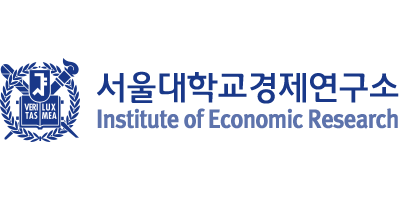Estimating a breakpoint in the pattern of COVID-19 in South Korea
- Author : Young-Joo Kim, Myung Hwan Seo, Hyun-E Yeom
- Journal : International Journal of Infectious Diseases / Volume 97, 360-364, 2020
- Link : https://www.ijidonline.com/article/S1201-9712(20)30489-6/pdf
Abstract
Objectives: Amid the global coronavirus disease 2019 (COVID-19) crisis, South Korea has been lauded for successfully preventing the spread of this infectious disease, which may be due to the aggressive implementation of preventive policies. This study was performed to evaluate the pattern of spread of COVID-19 in South Korea considering the potential impact of policy interventions on transmission rates.
Methods: A SIR (susceptible–infected–removed) model with a breakpoint that allows a change in transmission rate at an unknown point was established. Estimated trajectories of COVID-19 from SIR models with and without a breakpoint were compared.
Results: The proposed model with a break fitted the actual series of infection cases much better than the classic model. The estimated breakpoint was March 7, 2020 and the transmission rate dropped by 0.23 after the breakpoint. A counterfactual study based on our estimate indicated that the number of infected could have reached 2 500 000 compared to the peak of 8000 in the observed series.
Conclusions: It is critical to consider a change in the transmission rate to evaluate the trajectory of spread of COVID-19 in South Korea. Our estimation and counterfactual experiments indicate that public health interventions may play a role in determining the pattern of spread of infectious diseases.
© 2020 The Author(s). Published by Elsevier Ltd on behalf of International Society for Infectious Diseases. This is an open access article under the CC BY-NC-ND license


